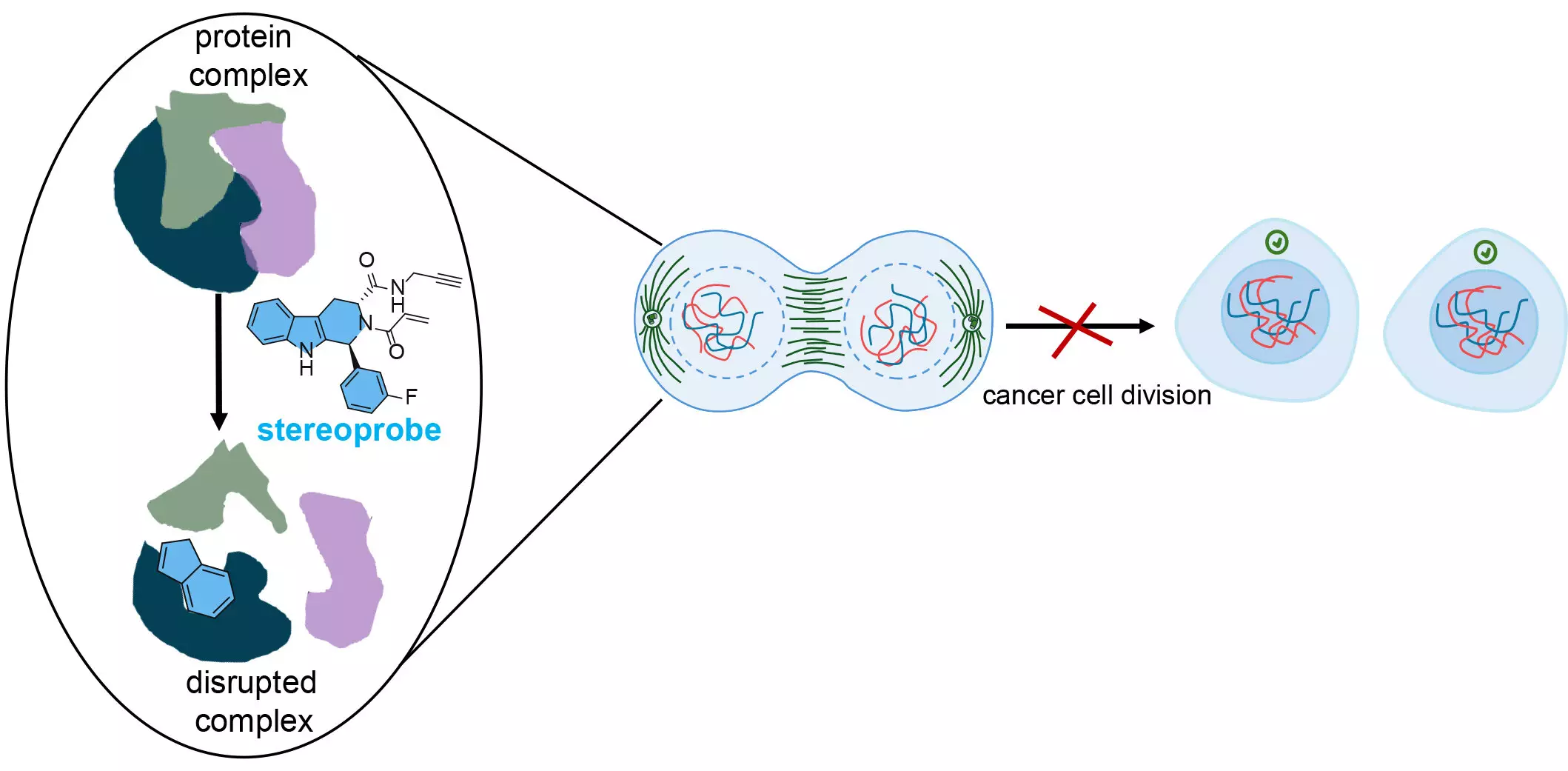Cancer research is perpetually evolving, with a major focus on understanding the molecular underpinnings that allow cancer cells to survive and proliferate. Key to this exploration is the identification of crucial proteins that serve as targets for future cancer therapies. Recent findings from a collaborative study led by chemists at Scripps Research highlight a groundbreaking approach that enhances the profiling of cancer-linked proteins. By merging two innovative methods of protein analysis, this study not only identifies potential therapeutic targets but also increases the efficacy of future drug development.
Understanding the essential proteins that fuel the survival of cancer cells is vital in the quest for effective treatments. Traditionally, cancer treatment has aimed to suppress the growth of these cells by targeting specific proteins. However, previous protein profiling approaches often failed to provide the comprehensive detail necessary to pinpoint all viable targets. As a result, the potential for many protein interactions remained neglected. The recent study aims to address this gap through an integrated analytical framework that maps a vast array of small-molecule reactive cancer proteins and their respective binding sites.
The breakthrough research published in Nature Chemistry employs a two-fold methodology, employing activity-based protein profiling (ABPP). This robust technique – pioneered by co-senior author Benjamin Cravatt – allows for a comprehensive examination of protein activities within cells. The dual approach utilized two distinct but complementary methods: the first offered a broad view of protein interactions with small molecules, while the second focused on exact binding locations. By combining these perspectives, the researchers were able to highlight over 300 cancer-related proteins and their interacting sites more effectively.
Co-senior author Bruno Melillo emphasized a strategic design in developing stereoprobes—special chemical compounds engineered to selectively bind to proteins. This focus on creating less conventional chemical features in stereoprobes diverged from standard practices in drug discovery, thereby increasing the chances of uncovering novel interactions critical for understanding cancer biology. The results not only provided insights into cancerous protein interactions but revealed potential new avenues for therapeutic intervention.
Central to their methodology was the use of electrophilic stereoprobes that irreversibly bond to specific proteins, particularly targeting cysteine—a critical amino acid commonly found in various proteins, including those implicated in cancer. This targeting is significant because cysteine residues contribute to the structural integrity and functional dynamics of proteins. The ability to disrupt these cysteine bonds could lead to malfunctions in essential protein functions, ultimately stalling the uncontrolled division of cancer cells.
Evert Njomen, the lead author, further elaborated on this specialized focus, noting that cysteine’s nucleophilicity makes it an ideal target for therapeutic intervention. The method known as protein-directed ABPP enabled them to scan a multitude of proteins, while cysteine-directed ABPP offered precise insights into binding events. This high-resolution approach to interaction mapping signified a pivotal advancement in the identification of protein targets relevant for developing cancer therapies.
The study’s findings present a major leap in cancer research methodologies. By revealing that many protein targets were previously unrecognized when relying on isolated techniques, the researchers highlighted the necessity of integrating various profiling methods to achieve complete transparency in protein interactions. This revelation holds promise for refining therapeutic strategies designed to limit cancer cell proliferation.
Furthermore, the research team’s ongoing efforts extend beyond oncology, with aspirations to create new libraries of stereoprobes targeting proteins implicated in various diseases, including inflammatory disorders. By enhancing our understanding of protein interactions in different contexts, this dual-method approach may unlock further potential for targeted treatments across a spectrum of diseases.
The innovative strides made in protein profiling underscore the significance of multidisciplinary approaches in the fight against cancer. The ability to effectively highlight protein interactions and identify specific binding sites heralds a new era in drug discovery. As researchers like Njomen continue to refine these methods and expand their focus to other diseases, there is hope for more efficient therapeutic interventions tailored to individual molecular landscapes.
The synergy of combining two sophisticated protein analysis techniques exemplifies how cutting-edge research is driving cancer treatment forward. By improving our understanding of the molecular intricacies involved in cancer cell survival, this research could not only pave the way for more effective therapies but also significantly enhance the quality of life for patients battling this formidable disease.

